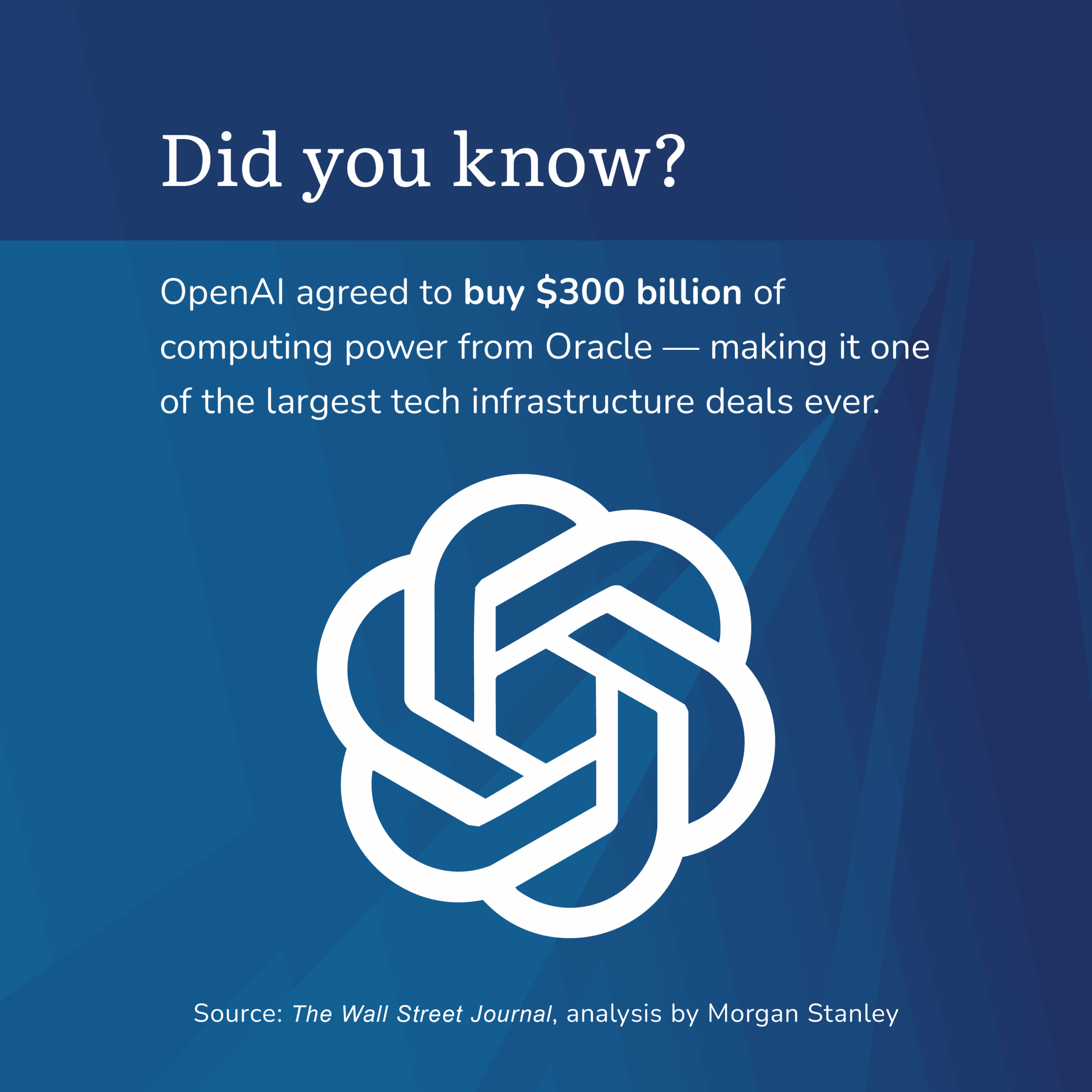RMD Essentials: Maximizing Your Retirement Plan
As a business owner, you’re no stranger to making crucial decisions every day. But when it comes to your personal finances, particularly your company retirement plan, you could be leaving money on the table if you’re not optimizing your RMD strategy. Running a business can feel like you have to be a jack of all trades all the time, but taking the time to plan ahead is an investment that can help you avoid costly mistakes down the line and make the most out of your retirement funds.
Navigating the (often complex) world of Required Minimum Distributions (RMDs) is a crucial piece if the puzzle in optimizing your savings. Here are a few essentials to jump-start your plan:
Understanding the Still Working Exception for RMDs
One of the most beneficial provisions for business owners is the Still Working Exception. If you are actively employed and own less than a 5% stake in your family business, the IRS will let you delay RMDs from your employer’s retirement plan until April 1 of the year following your retirement. This can be a significant advantage that will allow your retirement funds to grow tax-deferred for a longer period and give you more flexibility in your timing. Just note that this exception does not apply to Individual Retirement Accounts (IRAs) or similar arrangements—so be sure to plan accordingly. The IRS offers a free RMD distribution worksheet for your own IRAs including SEP or Simple IRA accounts as a resource: Required Minimum Distribution Worksheets | Internal Revenue Service (irs.gov)
Navigating Family Ownership Dynamics
Family businesses often face unique challenges, especially when it comes to retirement planning. The IRS considers the combined ownership stakes of immediate family members (including spouses, children, and parents) to determine if it exceeds the 5% threshold. If your family’s collective ownership surpasses this limit, you may lose the ability to defer RMDs under the Still Working Exception. This means you’ll need to start taking distributions regardless of your employment status.
The Role of Business Structure and Plan Type
The structure of your business (whether it’s a corporation, partnership, or sole proprietorship) and the retirement plan you sponsor (401(k), SEP IRA, etc.) can greatly affect your RMD obligations. The Still Working Exception is typically available for 401(k) and other qualified plans, but not for IRAs and IRA-based plans such as SEP or SIMPLE IRAs. Understanding how your business structure (corporation, partnership, or sole proprietorship) interacts with your retirement plan type is crucial in effectively managing your RMDs.
Keeping Up with Age Requirements and RMDs
The SECURE Act has brought significant changes to retirement planning, notably increasing the age for starting RMDs to 72 from the previous 70½ threshold. Before the SECURE Act, the RMD age was 70½. The SECURE Act increased this age to 72 for individuals who had not reached the age of 70½ by the end of 2019. This change means that if you were born on or after July 1, 1949, you could wait until you turn 72 to start taking RMDs. This provides additional time for retirement funds to grow without withdrawals and could have tax implications since RMDs are taxable income. Additionally, the SECURE Act 2.0, passed at the end of 2022, further adjusted the RMD age. It gradually increases the starting age for RMDs: from 72 to 73 starting on January 1, 2023, and eventually to 75 by 2033. This means that individuals born in 1960 or later can wait until they are 75 to begin taking RMDs. This adjustment applies to all retirement accounts, except Roth IRAs, which are exempt from lifetime RMDs. Staying informed about these changes is essential to avoid penalties and ensure your retirement strategy remains effective.
Download our complimentary guide on Issues to consider when reviewing your RMD.
Intentional Tax Planning
Effective tax planning is paramount in managing RMDs, especially within the framework of a family business. Being intentional and strategic about your retirement age, business structure, and Roth conversions can help mitigate future tax liabilities associated with RMDs. The SECURE Act also made a significant ruling regarding designated Roth accounts for RMDs in 401(k), 403(b), and governmental 457)b) plans. For taxable years beginning after December 31, 2023, the RMD rules do not apply to these designated Roth account balances within these plans.
Securing Your Future
As a business owner, you’re no stranger to the importance of careful and considerate planning. When it comes to your company’s retirement planning needs, this holds true. By understanding these key points and planning accordingly, you can make informed decisions about your retirement plan and enjoy a financially secure future.
Happy planning,
Marcos
Looking for more tips on staying financially prepared?
Download our free guide on Issues to Consider as a Business Owner or 1099 Worker.
Categories
Recent Insights
-

When Love Ends, Who Keeps the Picasso? Dividing Art and Collectibles in Divorce
Divorce is never only about dividing assets. For many couples, the most difficult conversations don’t revolve around bank accounts or real estate—they center on the art, antiques, wine, or collectibles that hold both financial and emotional weight. Over the years, I’ve seen how these items often represent more than monetary value. They are memories, passions,…
-

Talk Your Chart | Market Reversals, AI Interdependence, and What Investors Should Know | Ep. 74
In episode 74 of Talk Your Chart, Brett Horowitz is joined by Lane Jones, Chief Investment Officer at Evensky & Katz / Foldes, to examine some of the most surprising market behaviors of 2025. They break down this year’s historic intraday reversals, why strong economic data can still trigger weak market reactions, and how rate-cut…
-

Combining Donor-Advised Funds and Private Family Foundations for Charitable Giving
When families embark on a philanthropic journey, they often consider whether to create a private family foundation (PFF) or establish a donor-advised fund (DAF). Both vehicles are powerful tools, each with distinct advantages. In practice, many families find that using both together can provide the flexibility, simplicity, and impact they seek. With careful planning, the…
-

Here’s How To Take Your Wine Investment Portfolio to the Next Level
Many investors exploring the world of wine as an asset start with a handful of bottles or a platform account. However, the real challenge (and opportunity) lies in taking a portfolio from “starter” to strategically optimized.
-

The OBBA §179 Deduction: Conversations Every Business Owner Should Be Having
It’s all the buzz… Congress passed another “new law” — the One Big Beautiful Bill Act (OBBBA). In it, major changes to the OBBA §179 deduction start in 2025. For small and mid-sized businesses, this could result in significant tax savings and better cash flow when investing in equipment, technology, or improvements. Forget all the…
